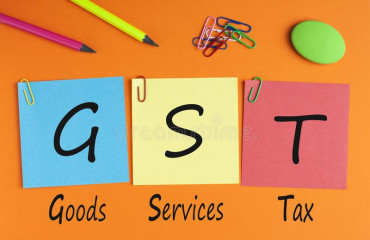
Indian markets rose nearly 1% on August 18, driven by S&P’s credit rating upgrade and easing tariff concerns. Analysts warn of persistent volatility due to global risks, suggesting a balanced investment approach in equities and gold amid uncertain conditions.
Indian markets gained nearly 1 per cent on August 18, buoyed by S&P's upgrade of India's sovereign credit rating, GST reform momentum, and easing global tariff concerns. US President Donald Trump's hints at reconsideration of secondary tariffs on India, coupled with positive international cues, also aided sentiment.
The uptick comes after a volatile few months. While August has seen a rebound of over half a per cent following July's near 3 per cent decline, Indian equities are up just above 5 per cent in 2025 year-to-date, and barely 1 per cent in the last one year.
However, analysts caution that global risks remain, and expect volatility to persist through 2025. Concerns over tariffs, elevated valuations, and uneven corporate earnings are likely to influence investor behaviour.
Anirudh Garg, Partner and Fund Manager at INVasset PMS, said that while India's strong macro backdrop—supported by FDI inflows and government-led capex—offers growth opportunities, global risks cannot be ignored.
"Volatility will persist in 2025 given unresolved global risks like China–Taiwan tensions, US fiscal pressures, and debt market fragility. However, India's strong macro backdrop, consistent FDI inflows, and government-led capex cycle offer a supportive growth runway," Garg said.
Gold Shines as a Hedge
At the same time, safe-haven assets like gold are drawing renewed attention.
HSBC recently lifted its gold forecast, raising its 2025 average price projection to $3,215 an ounce from $3,015, and the 2026 forecast to $3,125 from $2,915, citing debt risks and geopolitical uncertainty. Spot gold has rallied to as high as $3,500 an ounce earlier this year, and continues to hover above $3,300.
Apura Sheth, Head of Market Perspectives & Research at SAMCO Securities, highlighted that equity returns across categories have been underwhelming.
"Markets will continue to remain volatile and range-bound. The returns from all the major indices that track the top 750 stocks of India have been lacklustre. It wouldn't matter if you were invested in large, mid, small or microcap stocks. The returns of all the indices tracking stocks from these groups have been negative for the last one year," Sheth added.
Gold, he said, acts as an excellent hedge in such times. It is up 43% over the last one year. Given the current uncertain and volatile environment we are in, both domestically and internationally, it is prudent to have some investment in gold, Sheth advised. "I would also recommend to add some silver in your portfolio to generate alpha from precious metals."
Now the question remains, whether investors should use these rallies to cash out of equity positions amid volatility and shift to gold and cash.
How to rejig portfolio amid volatile equity markets?
Garg of INVasset PMS believes that in such an environment, investors should maintain a balanced allocation—gold for global risk hedging, and equities for growth, with an overweight bias towards mid and small caps benefiting from domestic momentum.
"Excessive cash positions risk missing sharp recoveries, so capital should remain deployed in fundamentally strong names, with liquidity reserved for tactical opportunities during bouts of market weakness," Garg advised.
Trivesh D, COO of Tradejini, also believes shifting fully to cash could be counterproductive despite heightened volatility.
"We believe the equity market volatility is likely to persist amid tariffs, geopolitical tensions, and an uncertain global outlook. Rather than shifting fully to cash, I feel adopting a diversified stance, keeping 10–15% in cash to capitalise on corrections and allocating selectively to gold or gold ETFs as a strategic hedge," he suggested.
Om Ghawalkar, Market Analyst at Share.Market suggests maintaining a 10 to 15% in liquid assets or short-term debt funds for flexibility. "RBI's accommodative stance and falling inflation support reasonable risk-adjusted returns in short-duration debt. Allocate 5 to 10% to gold ETFs or sovereign gold bonds as a hedge, without overexposure given India's growth prospects," he advised.
